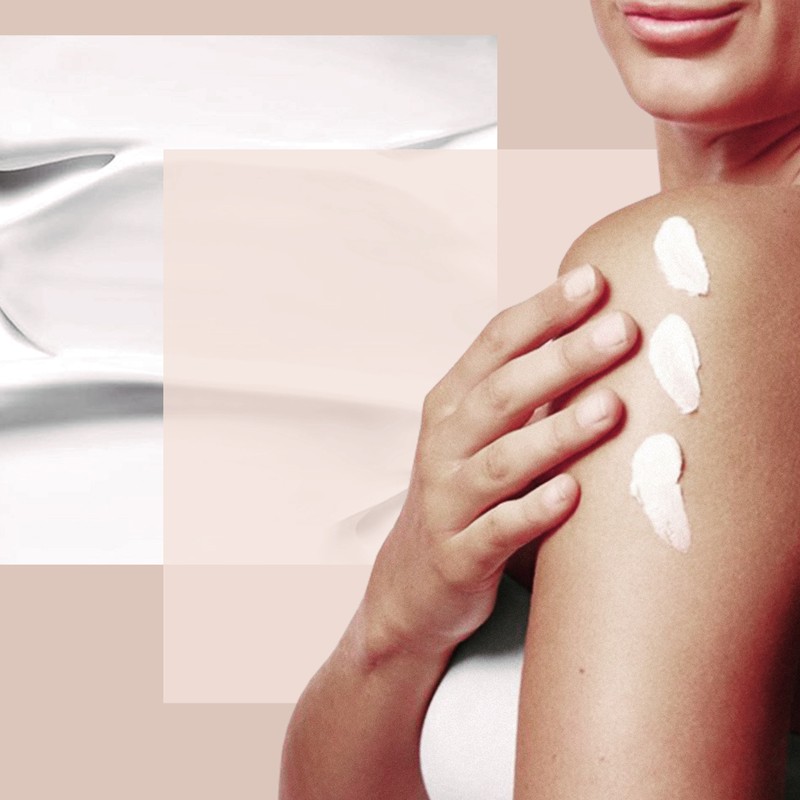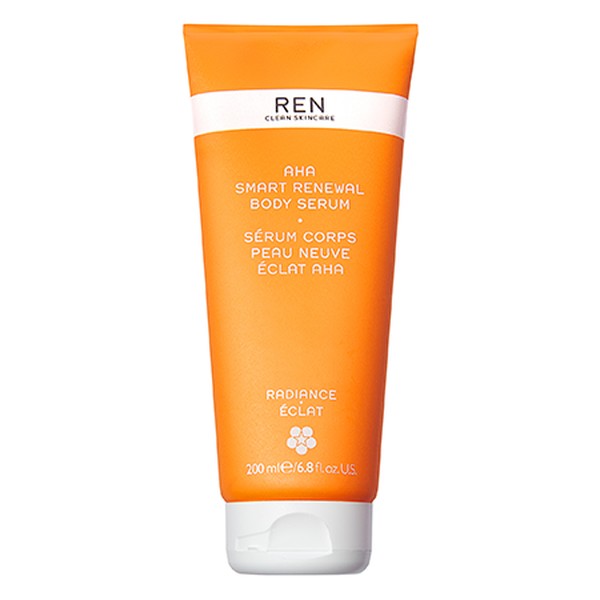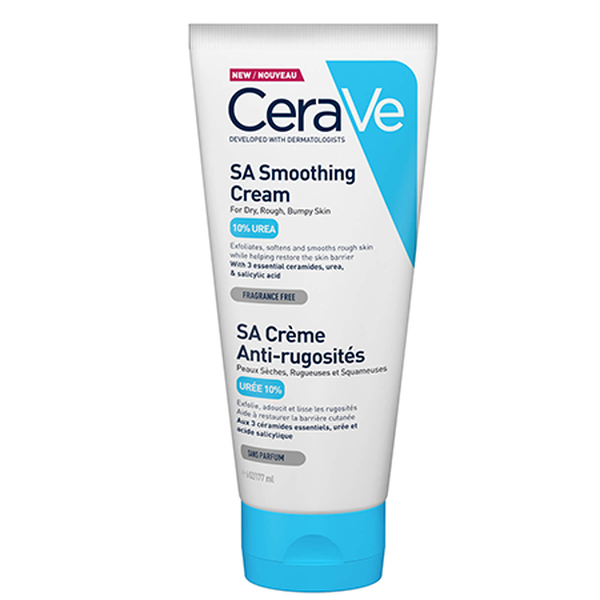Keratosis Pilaris: What It Is & How To Lessen Its Appearance
KP Is Harmless
“Keratosis Pilaris [KP] is often called ‘chicken skin,’” explains skincare specialist, Dr Sophie Shotter. “It’s a condition where the skin on the upper arms and thighs or buttocks is rough, red and bumpy. In principle, it can occur anywhere there are hair follicles and it does occasionally extend to the forearms and lower legs.” Lucy Mitchell, head of brand Ameliorate adds: “It’s incredibly common and affects between 50-70% of adolescents and 40% of adults. While prevalent, it’s worth noting it’s completely harmless and isn’t a sign of anything untoward.”
The Cause Is Relatively Unknown
“Typically, KP occurs when hair follicles become blocked with a build-up of keratin, which is a substance found in the skin, hair and nails,” explains Lucy. “Nobody knows exactly what causes this build-up, but it’s thought to be down to genetics.” Dr Sophie agrees: “It’s also said to be associated with some skin conditions like atopic dermatitis.”
It’s More Common In Women
“The build-up of keratin usually starts in childhood and becomes more obvious during adolescence, although, for some people, it can continue into adulthood,” Lucy says. “The way it is inherited varies from family to family, but it often fits into an ‘autosomal dominant’ pattern. This means that there will be a one in two chance that each child of an affected parent will inherit the condition. It also tends to be more common in women than men, and can worsen during pregnancy and after childbirth.”
Some Key Ingredients Can Help
“Often KP resolves itself by the time people are in their 30s or 40s, without the need for intervention,” advises Dr Sophie. “But if you have it long-term and can’t be cured of it, try to manage it and lessen its appearance by using good home care products and occasionally some in-clinic treatments. Regular moisturising is important, using creams with AHAs or BHAs. But be careful as they can make you more susceptible to sun damage – so remember your SPF.” Lucy adds: “Lactic acid is key for treating the condition as it helps to loosen and remove dead skin cells by breaking down excess keratin. Using mild and unperfumed soaps helps, too, as does patting your skin dry rather than rubbing it.”
Upkeep is Essential
“Unfortunately, if you stop using a good, exfoliating body moisturiser, it’s likely KP will reoccur,” advises Dr Sophie. “It’s a condition that requires ongoing management at all times to ensure it doesn’t return in its fullest state.”
It Could Be Worse In Winter
“The condition is reported to feel and look worse during the winter than the summer,” finishes Lucy. “It’s not certain as to why, but it’s most likely because the skin is generally drier due to the colder weather. You’ll find it gets worse when there’s more friction on the skin, too – think legs, arms and even the bum. It’s often a result of tight clothing, so keep things loose where you can, especially if it’s bothering you.”
Shop Our Edit Of The Best Keratosis Pilaris Treatments Below…
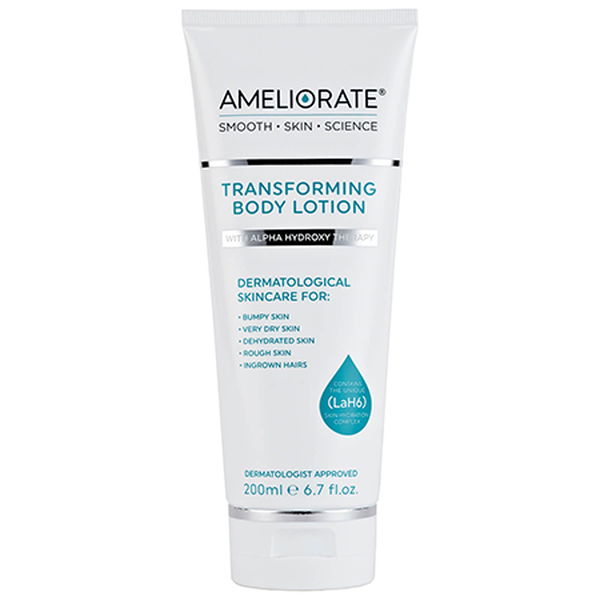
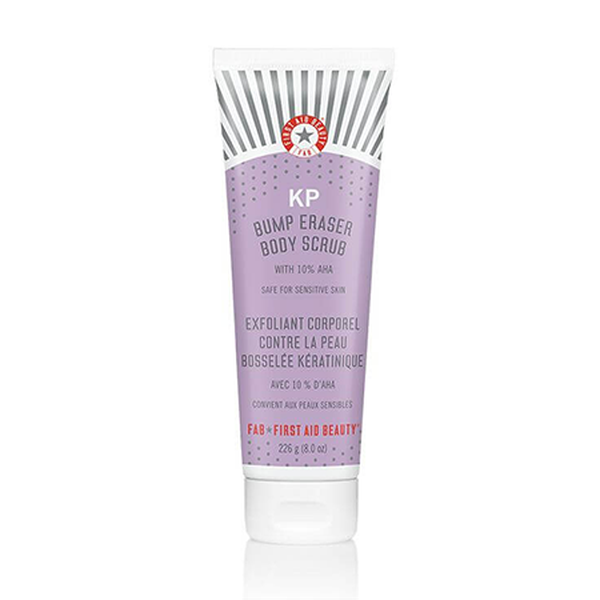

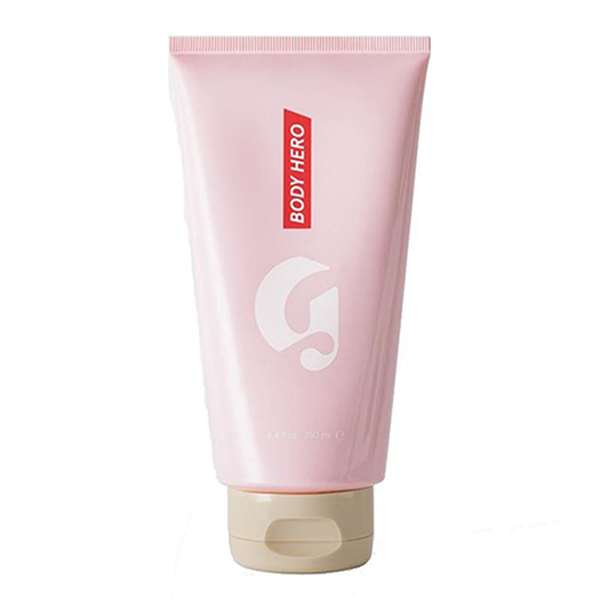
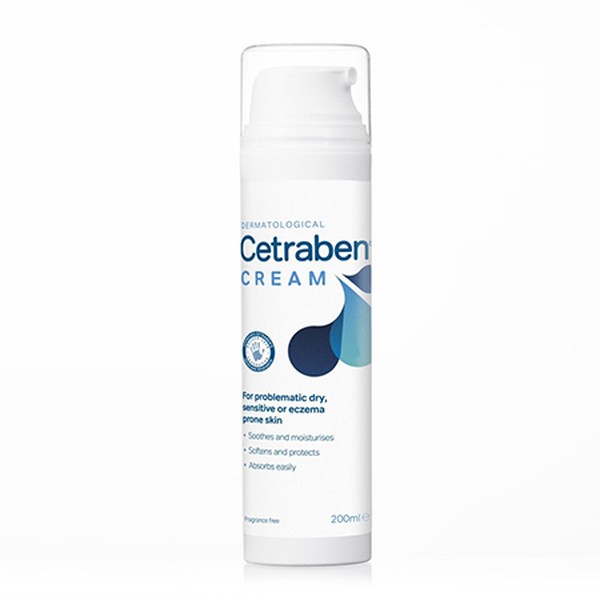
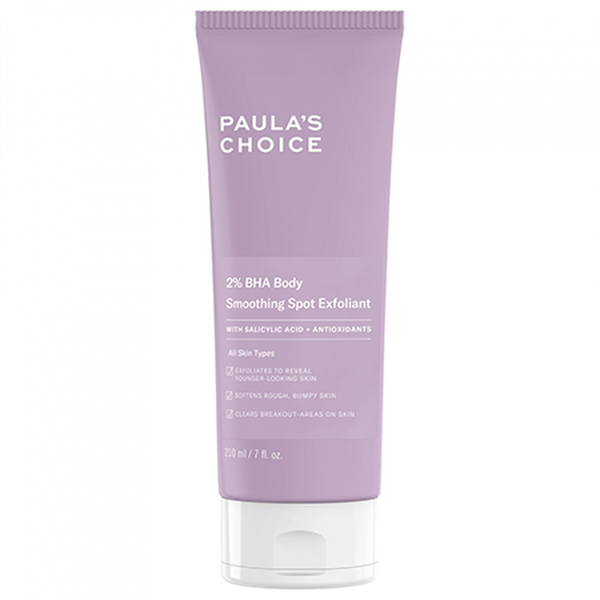

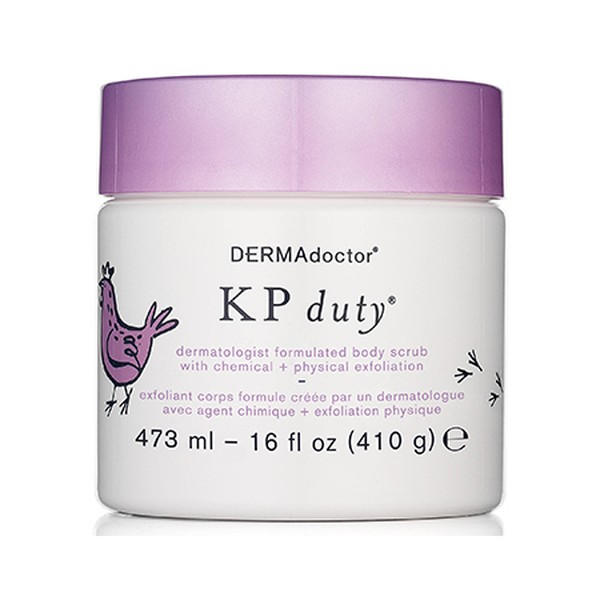

INSPIRATION CREDITS: Instagram.com/RenSkincare Instagram.com/AmeliorateSkin
DISCLAIMER: We endeavour to always credit the correct original source of every image we use. If you think a credit may be incorrect, please contact us at info@sheerluxe.com.
